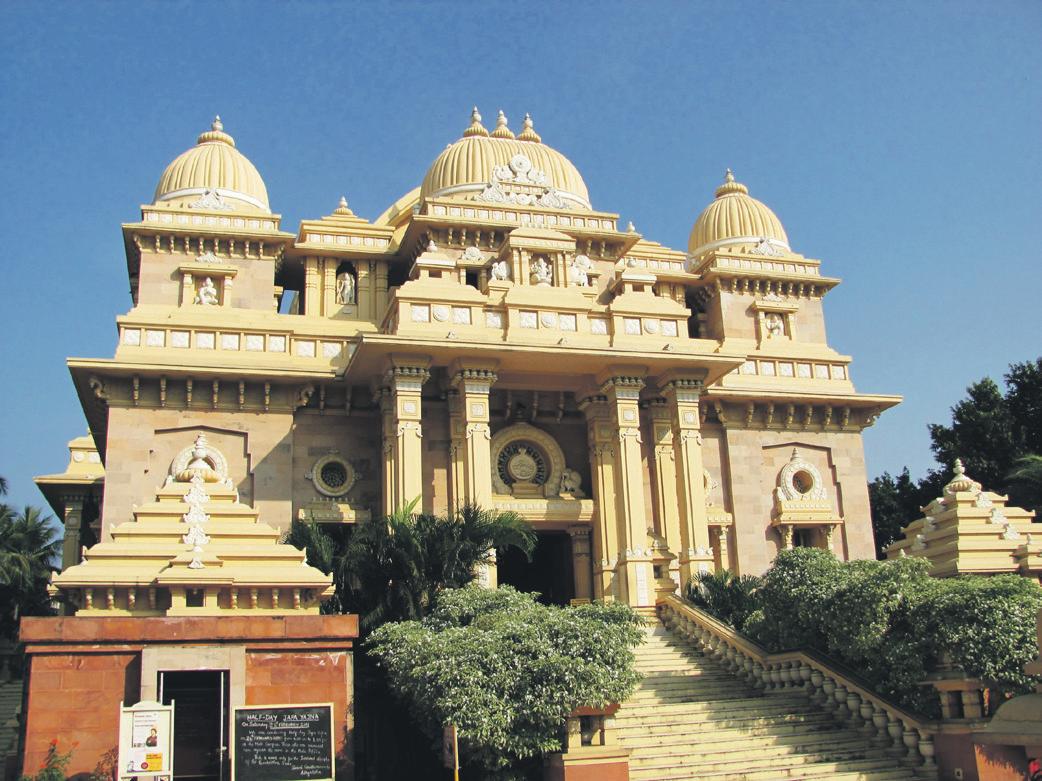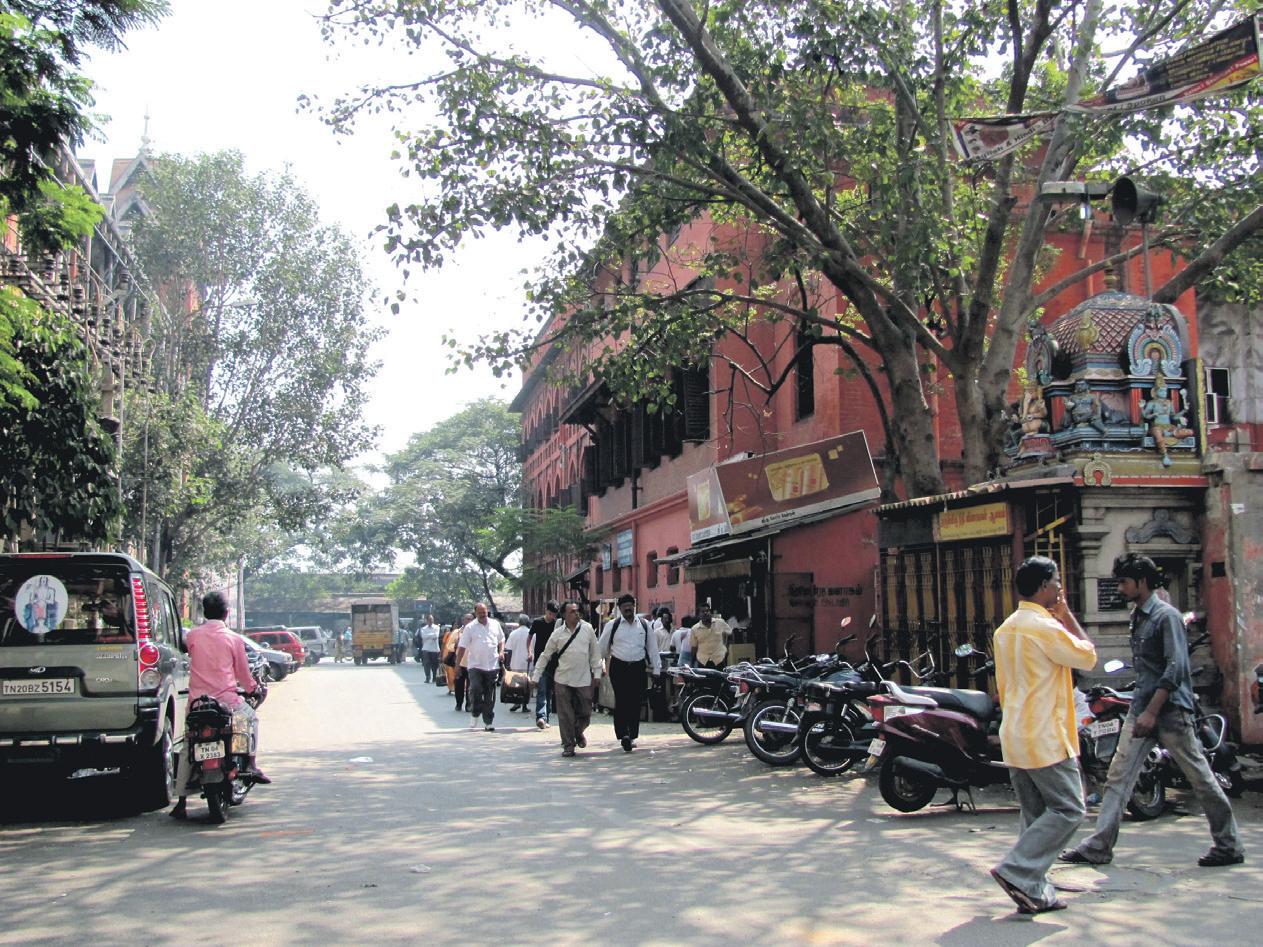
4 minute read
Chennai Charms of
from 2013-01 Sydney (1)
by Indian Link
The traditional and historic blends beautifully in this vibrant, culturally superior city
incorporate the ancient port city of Mylapore.
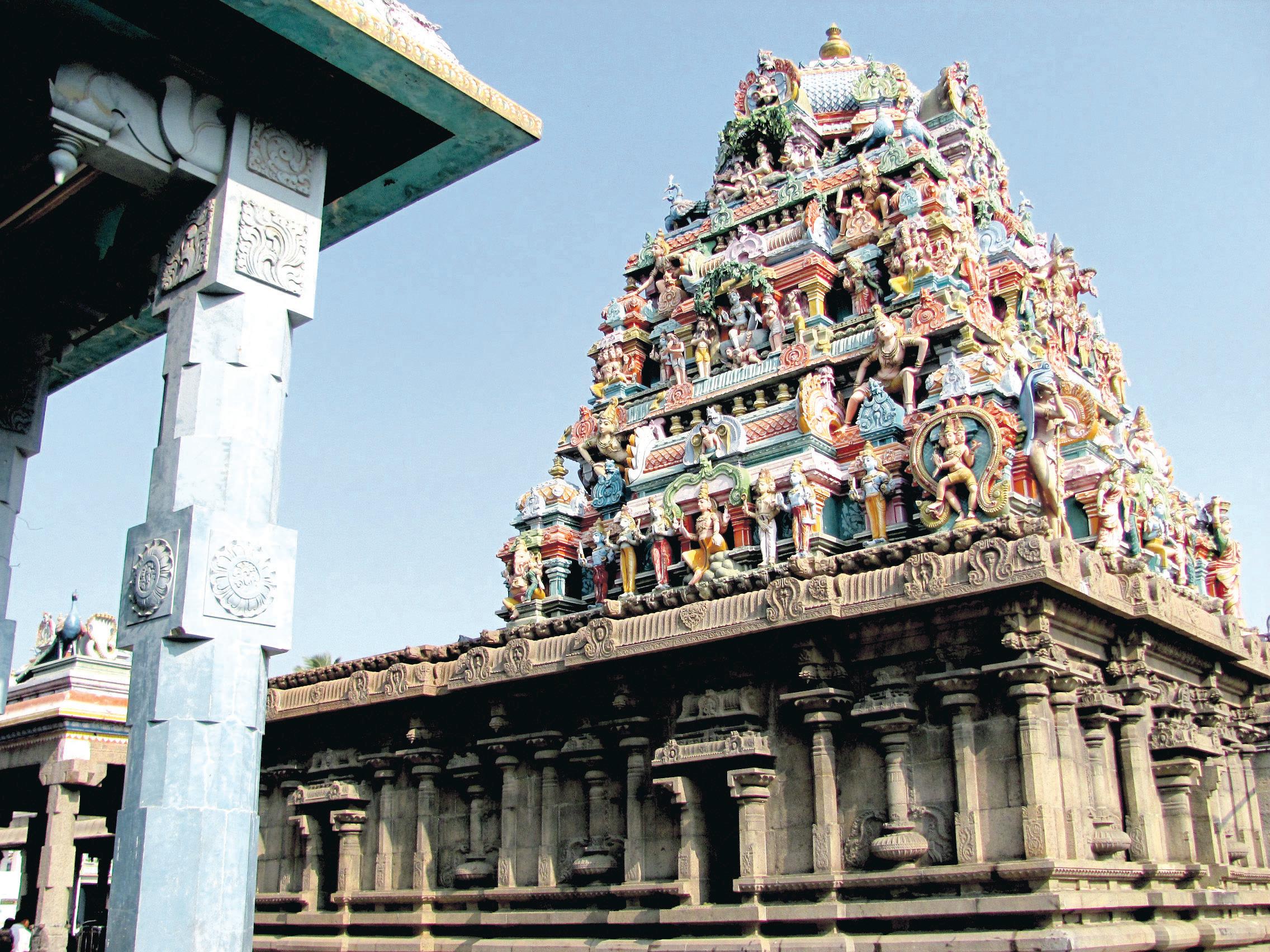
By PeTRA o’NeIll
Determinedly I strode out beyond the gates of the historic Connemara Hotel in Chennai, leaving cocooned comfort behind me while stepping onto a noisy, busy street. I had not been to Chennai before; however, aiming north, I caught a bus that ended not as I had hoped near my destination, but at a bus terminus some distance away. The day was very hot.
Previously known as ‘Madras’, Chennai, the capital of Tamil Nadu was an area of fishing villages until 1639, when the British East India Company established Fort St. George, providing the British with their first foothold in India on a piece of land given by the Raja of Chandragiri, the last of the Vijayanagar rulers of Hampi.
A treasure trove of colonial architecture, Regency and IndoSaracenic styles are particularly evident in the city, and Chennai now extends as far south to
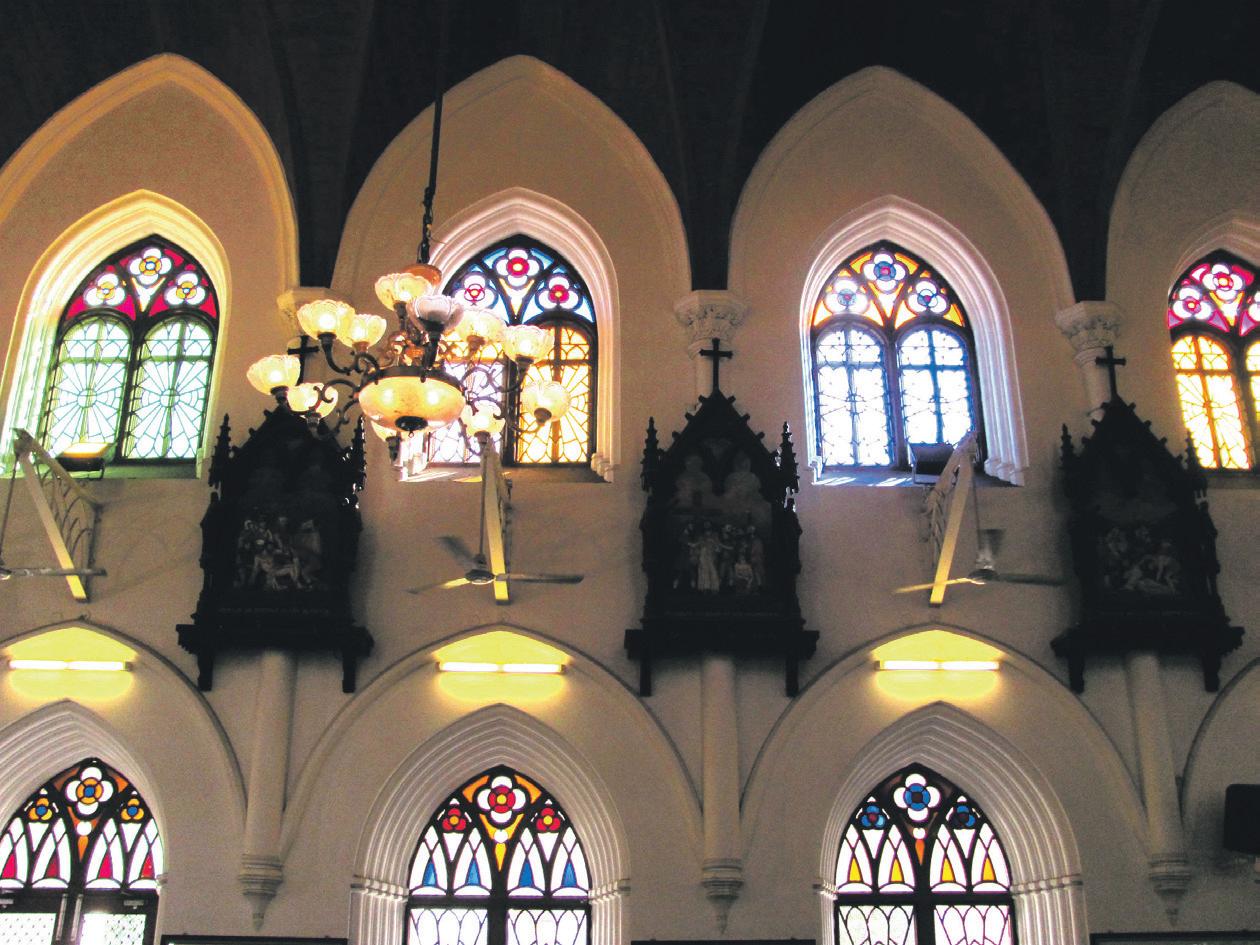
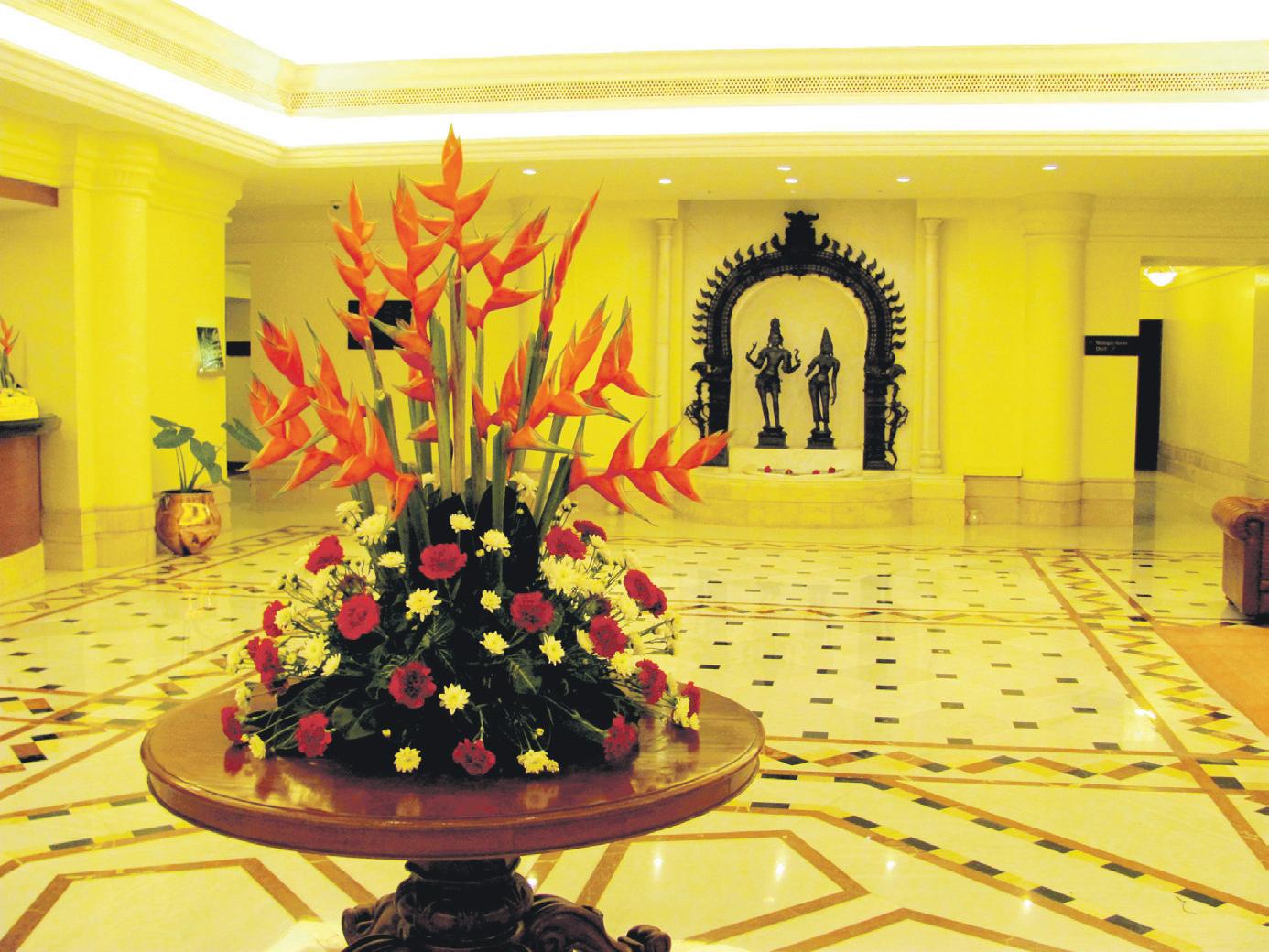
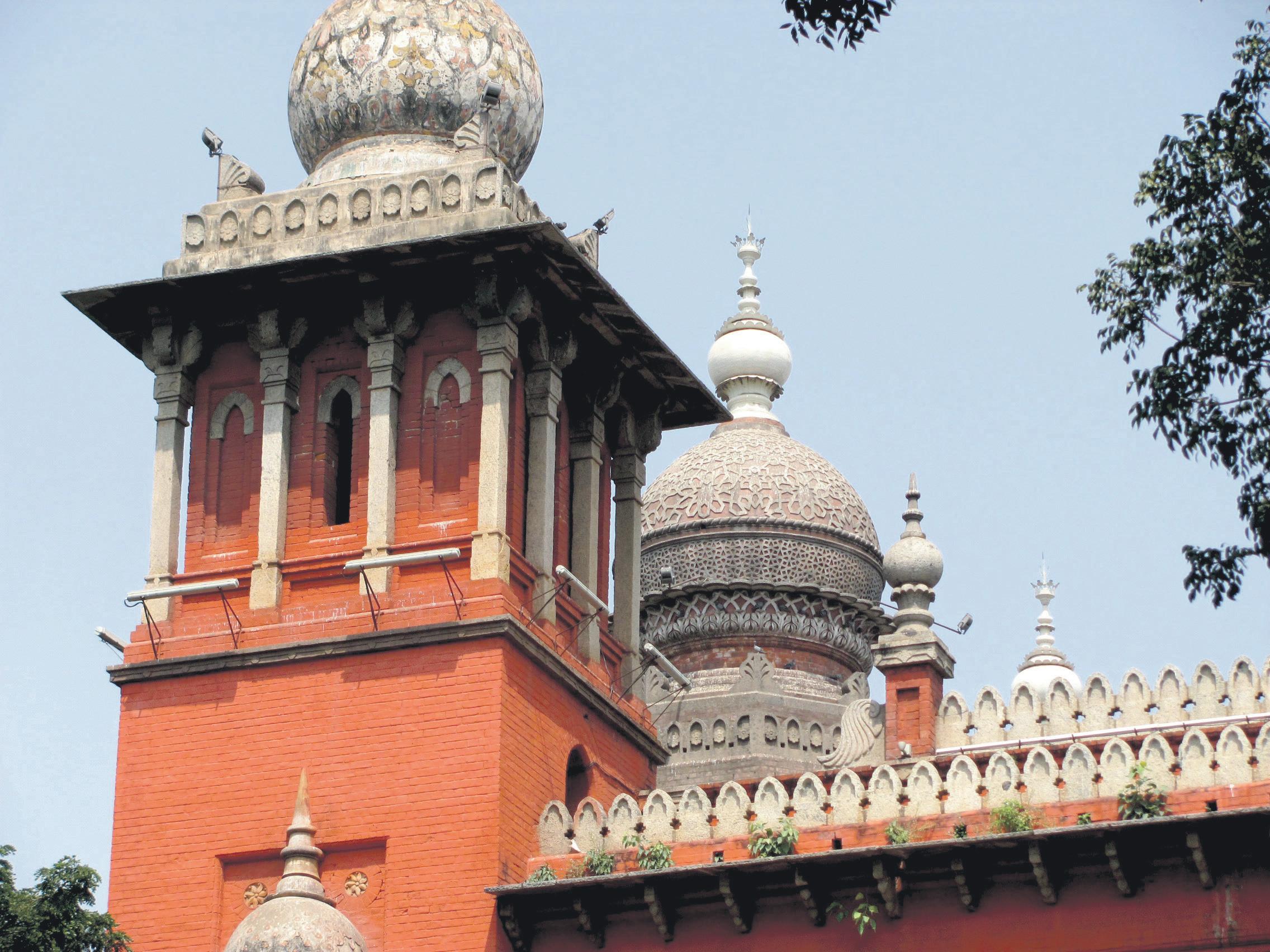
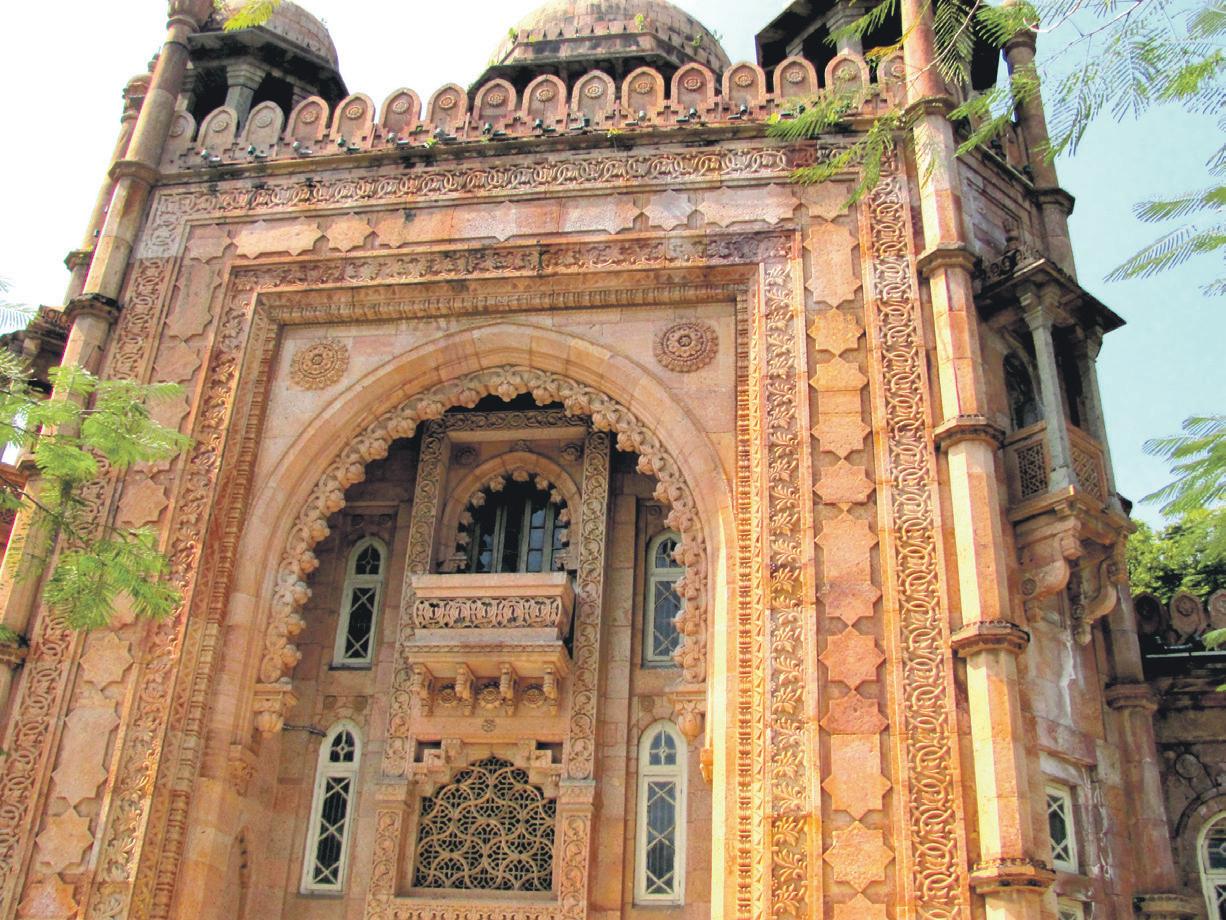
My day of sightseeing commenced at Fort St. George, a vast complex comprising the Secretariat and Legislative Council Chambers, with impressive entry gates, barracks and a Fort Museum, one of the most compelling places in Chennai to visit, with coins, medals, grand portraits and quirky items including massive iron padlocks. St. Mary’s Church is the oldest Anglican Church east of the Suez. This charming whitewashed church built in 1678 is located close to the former home of Robert Clive, who fought the French in a series of battles. Beyond is a magnificent Regency-style building that houses the state police headquarters.
I then walked to the grandest of buildings, the red brick High Court at Parry’s Corner built in 1892, and the world’s second largest judicial building after the Courts of London. Fully robed barristers strode hurriedly to court from chambers. Across the street is Georgetown, a hub of activity with entire streets selling nothing but one type of wholesale goods such as spare parts or stationery.
I glanced south to Mylapore along Marina Beach, the long stretch of sand that is Chennai’s favourite outdoor recreational space. The sun was intense and the distance was too far to walk. Marugan, an affable auto rickshaw driver, was strategically placed to pick me up. We sped off to St Thomas Basilica built over the tomb of St Thomas, one of the 12 Christian apostles who came to India in 52AD, lived in Mylapore and died as a martyr in 78AD. From here I visited the massive Sri Ramakrishna and Sri Parthasarathy temple dedicated to Krishna, originally built in the 9th century by the Pallava dynasty with later Chola additions, and the Kapaleeswarar temple dedicated to the Hindu God Lord Shiva. While originally built in the 8th century, it was largely destroyed by the Portuguese and rebuilt by the Vijayanagar kings during the 16th century.
I ended my day at Higginbothams, an atmospheric bookshop with whirring overhead fans and piles of dishevelled books stacked high.
My purchase, a street map, was carefully processed, wrapped neatly and placed in a bag with a detailed invoice.
At my hotel, Giggles – The Biggest Bookshop, has been operating for over 30 years by Nalini Chettur. She shared with me many delightful stories of Chennai and introduced me to many of her friends and loyal clients who were passing by.
The next day I walked to Egmore Railway Station, immensely impressive with its towers capped with domed pavilions. Kennet Lane, the busy commercial area opposite has restaurants, shops, money exchanges and internet cafes.
Nearby is the imposing St. Andrew’s Kirk, consecrated in 1821 with a circular nave, rich woodwork and fine stained glass. It was Sunday and the church was filled to capacity.
The Museum and Art Gallery is deserving of several hours.
Miniatures include fine portraits and elaborately carved ivory including caskets, carved with intricate patterns. The Bronze Gallery has one masterpiece after another with sculptures from the Chola dynasty dating from 850AD, the jewellery and headdresses are extraordinary, and the figures so gracefully posed that they convey a sense of movement.
Chola dynasty and the great age of bronze, the third and fourth centuries witnessed the triumph of the Pallava dynasty when sculptures were made of stone. The collection provides a perfect introduction for visiting the great temples of southern India.
Next morning, I was picked up by my driver Guna. We drove south-bound for Mamallapuram past the Madras Club and the Adayar River, along broad, majestic tree-lined avenues including TTK Road with large mansions and well-tended gardens.
Chennai, India’s fourth largest city is a pleasant, liveable city, a mix of modern and historic, far less congested or polluted than other cities of comparable size. The night before my departure, on returning to my room I found a large black box. Inside was my laundry: three shirts neatly pressed and folded between layers of tissue paper. In Chennai, people are welcoming, unhurried and take that extra bit of care.
That, for me, made my stay more memorable.
Travel noTebook
C H e NNAI
GETTING T h E r E
Singapore Airlines, Malaysia Airlines, Air Asia and Jet Airways fly to Chennai.


GETTING A r OUND
While public buses are frequent and inexpensive and auto rickshaws are numerous, I’d opt for hiring a car and driver such as Welcome Tours and Travel, Tel: 91-44-284-606-77 Email:agnesh@vsnl.com Website: www.allindiatours.com. If you are unable to do the temple circuit to view Chola temple architecture, do visit Mamallapuram with a lunch stop at the Vivanta by Taj - Fisherman’s Cove, Covelong and then onto Kanchipuram.

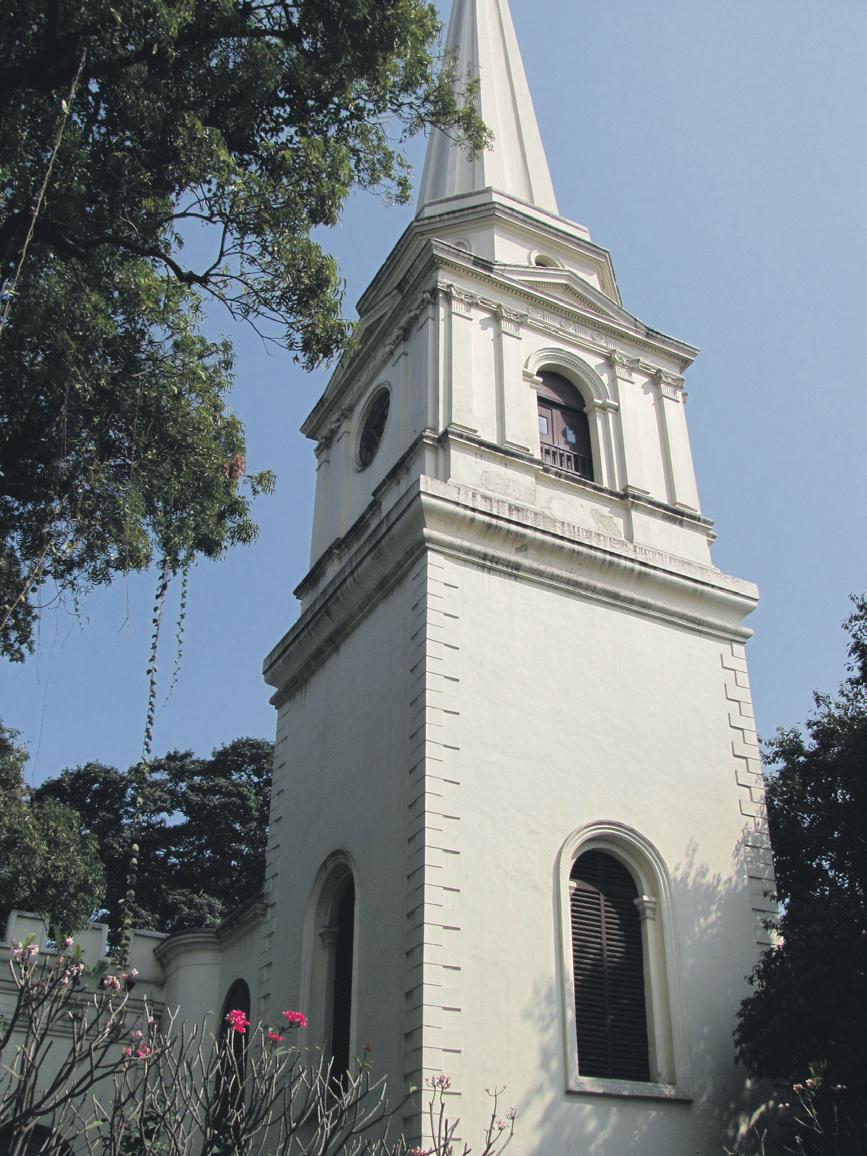
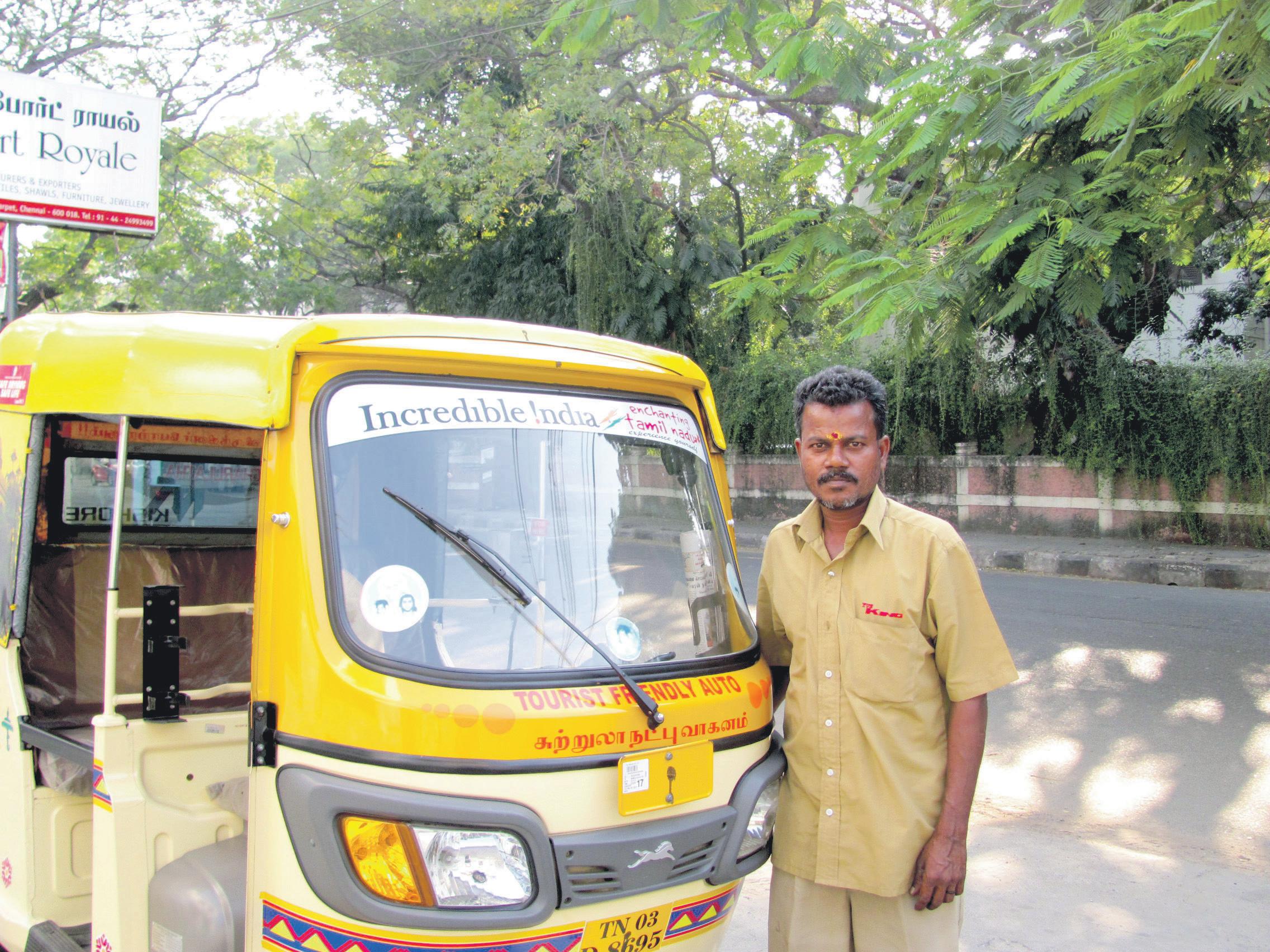
W h EN TO GO
Avoid the very hottest months – best is December to February.
ACCO m ODATION
The Vivanta by Taj - Connemara is centrally located and offers comfortable accommodation with contemporary decor or heritage rooms steeped in history. Email: vivanta.connemara@tajhotels. com /website: www.vivantabytaj.com. A good moderate hotel is the Hotel Victoria, email: victoria@ empeehotels.com /website: www.empeehotels.com
Dining Out
Tamil Nadu has one of the most flavoursome regional cuisines in India. The traditional style of cooking called Chettinad mixes curry leaves, tamarind and anise. Hot pepper is used liberally. Chennai boasts hundreds of fast lunch cafeterias where you can enjoy a thali or Tamil staples such as idli, dosa and vada. The excellent Saravana Bhavan has a chain of them. Recommended is the Raintree at the Vivanta by Taj - Connemara, atmospheric with classical musicians and dancers.
S h OPPING m O r E INFO rmATION
Nalli, synonymous with silk, was established in 1928 with several outlets in Chennai. Nalli Silk Sarees, 100 Usman Road, T Nagar. Email: nalli100@nalli.com /website: www.nallisilk.com. For bookshops, Giggles - the Biggest Bookshop at the Vivanta by Taj - Connemara and Higginbothams are recommended.
Tamil Nadu Tourism, email: info@tamilnadu-tourism.com
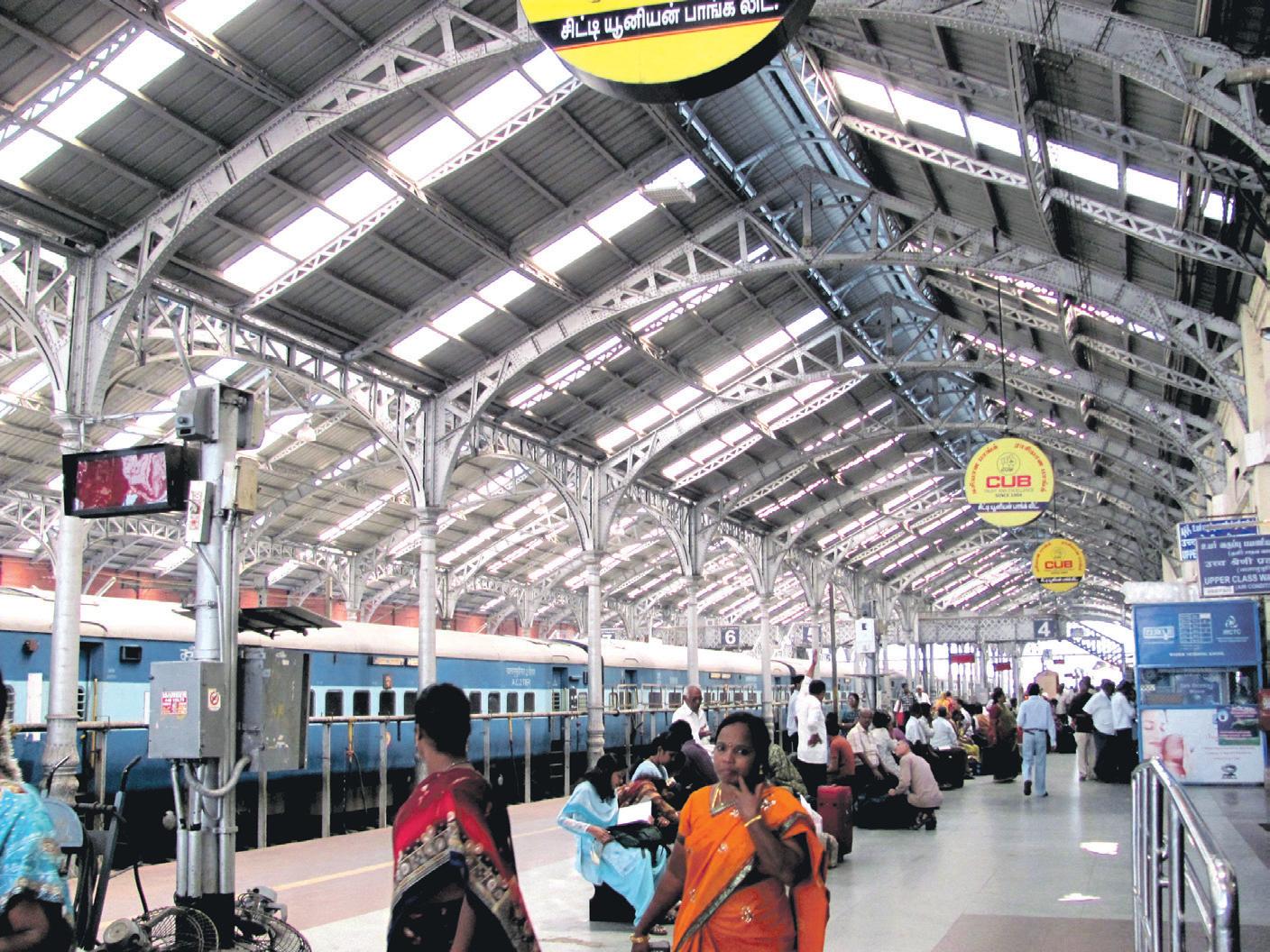
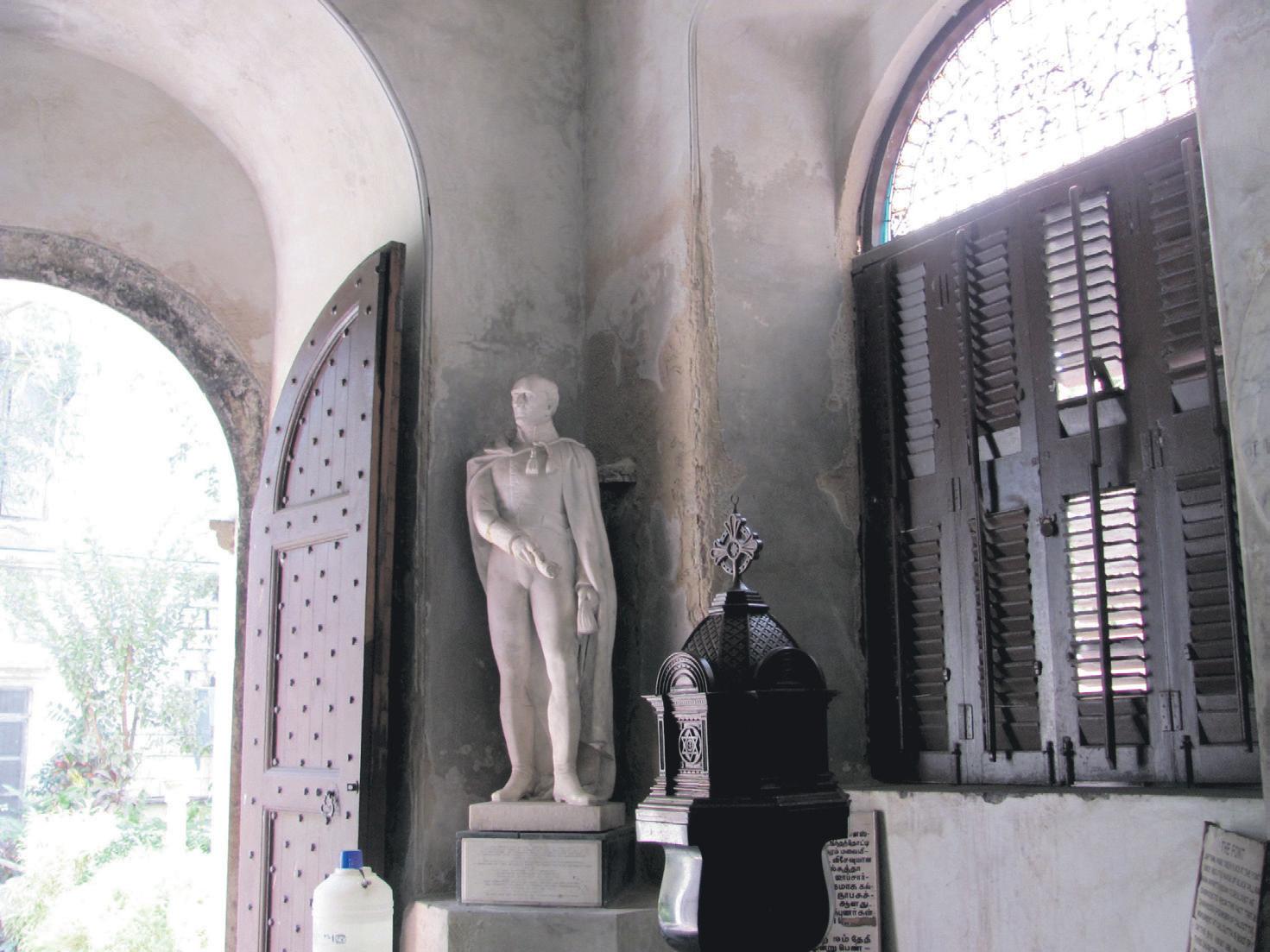
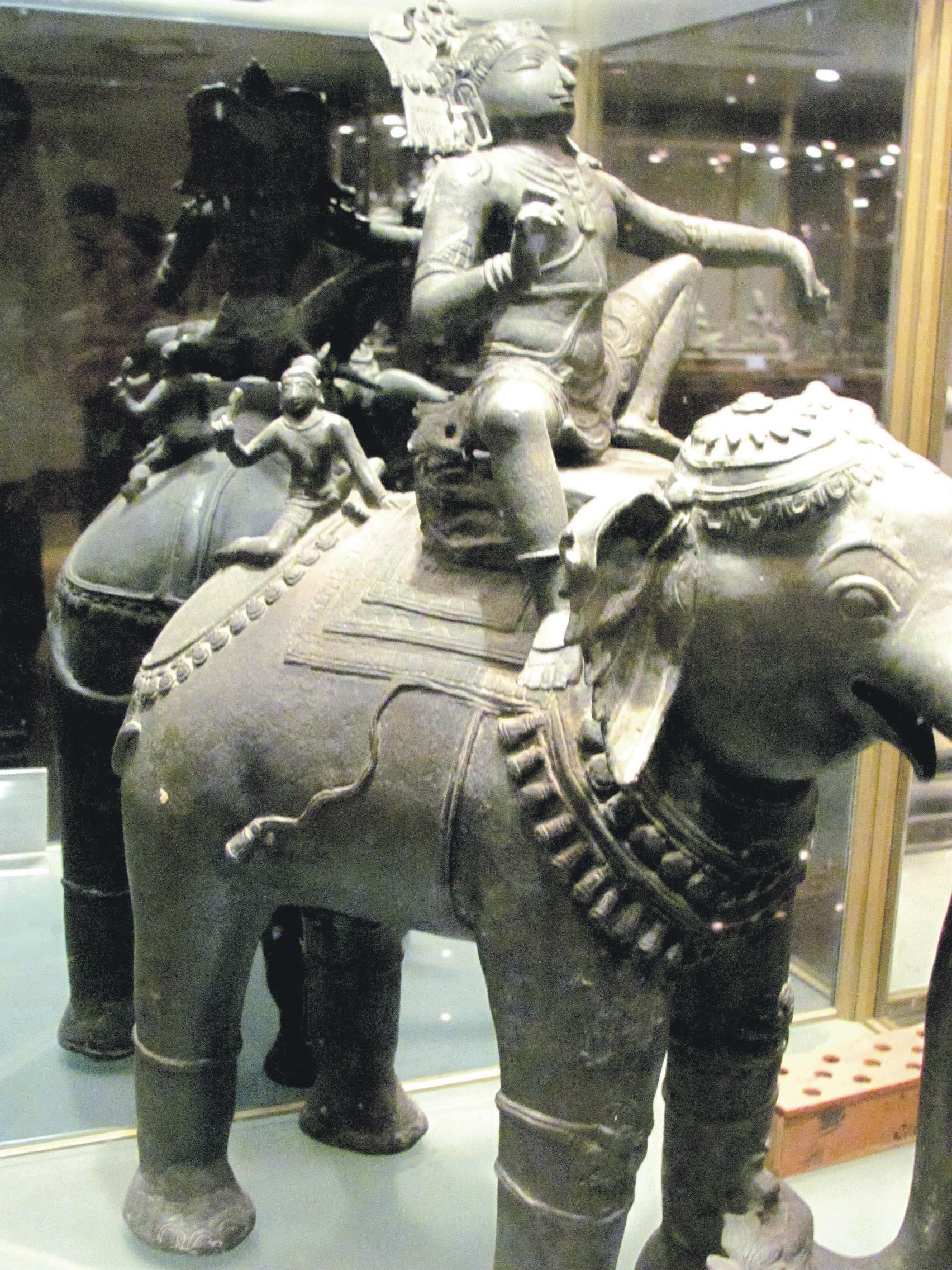
India Tourism, Glasshouse Shopping Complex, Level 5, 135 King Street, Sydney Tel: 02 9221 9555 email: info@indiatourism.com.au
